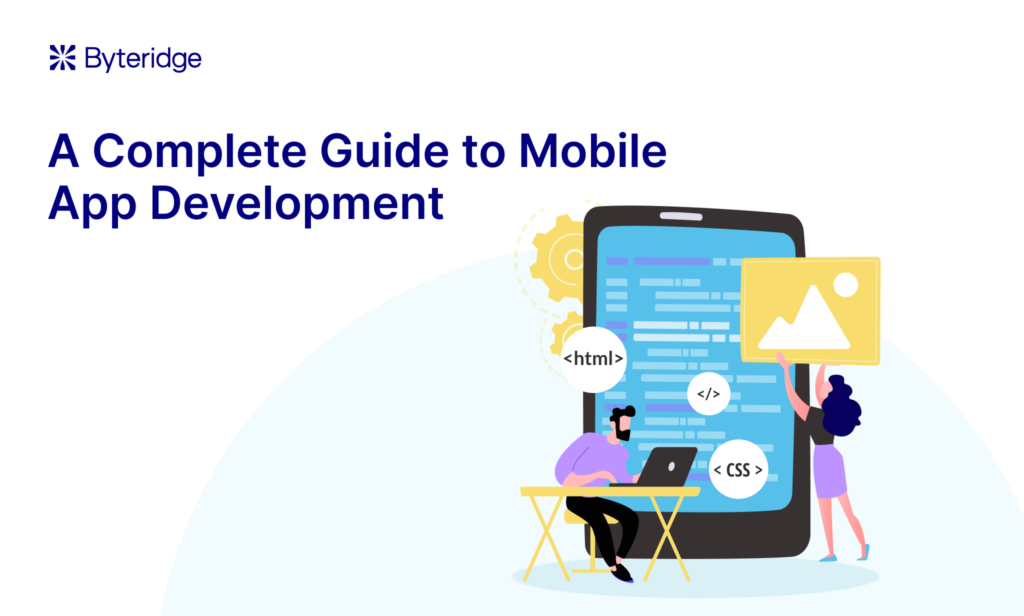Table of Contents
Zero-Disruption Modernization: How To Transform Your Business in 6 Simple Steps
Industry 4.0 is redefining production and manufacturing, and staying relevant now often requires more than just innovation; it demands seamless adaptation.
Legacy application modernization epitomizes this ethos and offers a strategic approach to revamping legacy systems and IT infrastructure without causing major operational upheaval. Around 54% of companies opt for legacy modernization for increased operational efficiency, and 49% consider cost reduction as a pivotal driving factor for modernization.
Legacy modernization isn’t just about staying relevant; it’s about seizing opportunities and future-proofing operations to improve user experience. By embracing change and modernizing your tech stack, you can unlock the door to endless possibilities so you’re not just surviving but thriving in the digital age.
So, how do you get started with legacy modernization? Here’s a practical roadmap of six simple yet powerful steps to help you.
From assessing existing systems to implementing transformative changes, each step is designed to help you navigate the modernization journey with confidence and ease.
Understanding the Need for Modernization
Are you facing these issues within your business?
- Difficulty in keeping up with evolving technology, leading to inefficiencies.
- Higher maintenance costs due to outdated infrastructure and lack of specialized developers.
- Security vulnerabilities and risks, with outdated systems being more prone to cyber threats.
- Loss of competitive advantage as outdated systems hinder adaptability to changing customer demands.
If these sound familiar, your business needs an upgrade!
IT infrastructure modernization can renew your outdated tech structure and bring many benefits. Here’s how:
- Improved efficiency and productivity through streamlined processes and automation.
- It has enhanced customer satisfaction with modern interfaces and increased functionality.
- Reduced operational costs in the long term by minimizing maintenance expenses and avoiding potential security breaches.
- Access to new revenue streams and opportunities for innovation by integrating with modern technologies.
Now that we’ve figured out the why of legacy modernization, let’s dive into the steps to achieve zero-disruption modernization!
Step 1: Assess Current Systems and Processes
Companies allocate around 70-80% of their IT expenditure on outdated legacy systems today, which is quite a number.
The first step in any change is assessing the existing structure, and this should not be an exception. This begins with thoroughly examining existing technologies and revisiting the intricate layers of code, architecture, and functionality.
Through this process, it’s essential to identify inefficiency, redundancy, and obsolete data within the systems. Advanced data analytics tools can provide invaluable insights and drive informed decision-making for modernization strategies.
But it’s not just about identifying the flaws; it’s about recognizing the untapped potential. Armed with insights, you can chart a course toward legacy software modernization that addresses current shortcomings and propels innovation and digital excellence.
Step 2: Set Clear Objectives and Goals
Once you have assessed the existing infrastructure, move on to defining specific outcomes you want to achieve through legacy modernization. These could be improving efficiency, enhancing user experience, or reducing operational costs. The objectives should be SMART—Specific, Measurable, Achievable, Relevant, and Time-bound.
Make sure to align the goals with the organization’s overarching strategic vision to ensure they contribute to long-term success. By establishing clear objectives and goals, you can gain a unified understanding of the direction of modernization while fostering alignment and commitment across the business.
This clarity enables teams to prioritize efforts, allocate resources efficiently, and measure progress accurately throughout the modernization journey for tangible and sustainable outcomes.
| Improve Your User Experience with Our Expertise in Crafting State-of-the-Art Smart Products for Your Digital Modernization Journey <Explore our services> |
Step 3: Develop a Strategic Modernization Plan
Develop a detailed roadmap outlining the steps, timelines, and resources for modernization efforts. Break down the modernization process into manageable phases, each with clear objectives and milestones.
Now, select the modernization strategy that aligns with your requirements. These could be your possible strategies:
- Rehosting (also known as lift and shift)
- Refactoring (optimizing code)
- Rearchitecting (redesigning for cloud infrastructure)
- Rebuilding (initiating from the ground up)
Whichever approach you take, ensure you have the necessary expertise and planning to safeguard the security of your applications and cloud-based data.
Step 4: Implement Changes with Minimal Disruption
Next, to implement changes with minimal disruption, you must adopt agile methodologies for iterative improvements, which allow for continuous adjustment to evolving requirements. Ensure your employees are well-trained on new technologies and processes to learn the changes effectively.
To avoid disruptions in operations, prioritize seamless integration with existing systems. When selecting development platforms, tools, and infrastructure, consider in-house and external resources and create a detailed technology roadmap to maintain clarity and direction throughout implementation.
The chosen tools must seamlessly integrate with automated modernization solutions to facilitate tasks like re-architecture, refactoring, or rewriting. Teams should embrace advanced technologies such as microservices and containerization to streamline and optimize the modernization process.
Step 5: Monitor Progress and Adjust Accordingly
Set precise success metrics to gauge the efficiency of your modernization strategy. For example, you can set KPIs for enhancements in application performance, cost reductions, or heightened user satisfaction.
Consistent monitoring is vital to thwart the risk of your modernized applications becoming obsolete. Introduce resilient monitoring and tracking systems to evaluate real-time progress and guide data-driven decisions. Through consistent benchmarking and measurement, you can effectively monitor advancement toward your defined goals and objectives.
Step 6: Follow a User-Centric Approach
Although a business process, legacy modernization must enhance end-user experiences and foster positive and efficient interactions with technology. It also demands adaptability and responsiveness.
To achieve this, evaluate system availability, customer response times, and overall user satisfaction. Remember, it’s the customers who reap the greatest benefits from these improvements. Leverage agile methodologies and digital tools to conduct comprehensive testing across diverse user demographics and experiences.
Rather than rigidly adhering to protocols, ensure all stakeholders share a common understanding of the practices involved. This collaborative approach allows for strategic adjustments aimed at optimized outcomes and improved user experiences across any process of product development.
Choose the Right Modernization Partner
The application modernization market is valued at $15.3 billion and is predicted to show a significant 16.8% annual growth during 2024-2030, underscoring the growing trend of legacy modernization initiatives.
Regardless of how you go about it, updating software is challenging. However, when done strategically, it’s worth it.
Custom software development services are here to help in your digital transformation journey. Through tailored application development and digital product engineering services, these platforms help you stay on top of changing markets while paying attention to improving user experience.
At Byteridge, we’re ready to help you innovate. We specialize in digital product design and development, from conceptualization and design to the launch of high-quality software solutions—partner with us to drive transformative change and achieve enduring success in this digital competition.
| Ready to embark on your journey towards modernizing your IT infrastructure? Schedule a consultation with our experts today and discover how our tailored solutions can transform your business. <Connect with Our Expert> |







